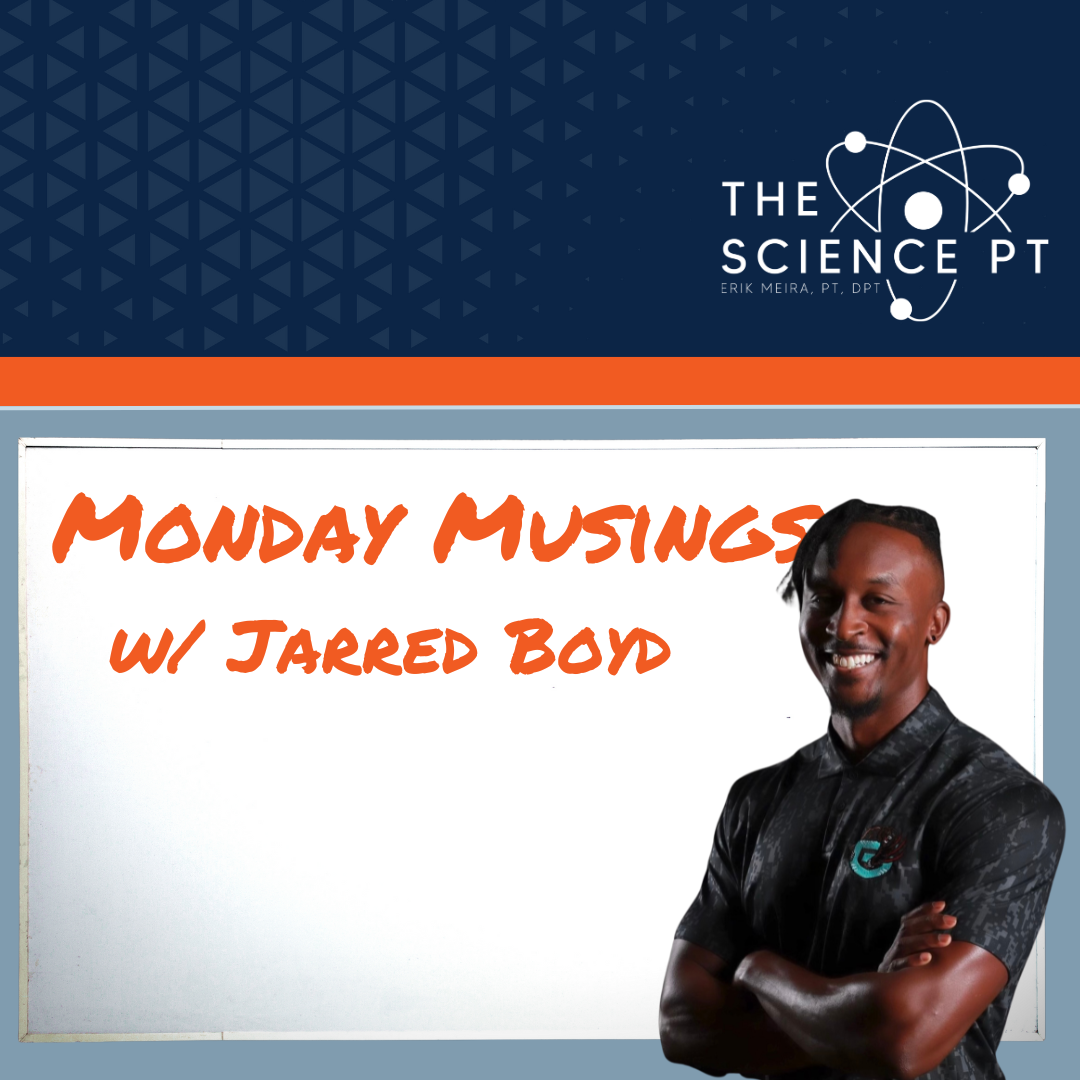Refining the Lens

Refining the Lens
In the movement professions, there’s a prevailing emphasis on viewing the human organism through a holistic lens—one that acknowledges the emergent nature of clinical presentations, and their foundation in a confluence of interacting subsystems. Conceptually, this is sound. The body doesn’t operate in isolation, and the presentations we encounter rarely stem from a single source.
But this well-intentioned perspective often carries an implicit burden: the belief that we must become experts in every contributing domain to resolve what we perceive as maladaptive patterns. In practice, this translates to a relentless pursuit of certifications, papers, and paradigms—an attempt to abolish every conceivable constraint that might be entangled in a patient’s pain, performance, or pathology.
And yet, despite this accumulation of knowledge, many clinicians still don’t see the success they anticipated.
We’re told, “Don’t miss the forest for the trees”—a caution against losing the big picture by focusing too narrowly. Many interpret this to mean they must scale out, widening their lens to capture every branch, root, and subsystem. In doing so, they often discover an overwhelming array of factors and feel compelled to address them all, fearing that inaction signals negligence or will lead to unfavorable outcomes.
But perhaps this is one reason why we see such a proliferation of treatments, modalities, and interventions—each claiming to solve the same problem through different paths. Patients chase the “golden ticket,” and clinicians spread themselves thin—pouring energy into countless buckets, yet filling none. Often, the buckets with the highest utility—the low-hanging fruit of behavior, environment, and routine—remain neglected.
Rather than trying to be everything at once, you channel your focus toward one or two high-signal levers, while parking the others for later. The result? Better adherence, clearer feedback loops, and a cleaner dose-response signal.
So maybe the answer isn’t always to widen the lens.
Maybe it’s to refine it.
To sharpen our ability to distinguish which variables are most significant, most modifiable, and most impactful. Not every constraint deserves intervention. Not every signal warrants a chase.
Because clinical success often lies not in omniscience, but in discernment. And sometimes, the greatest clarity comes not from seeing more—but from knowing what to look for.
-Jarred
